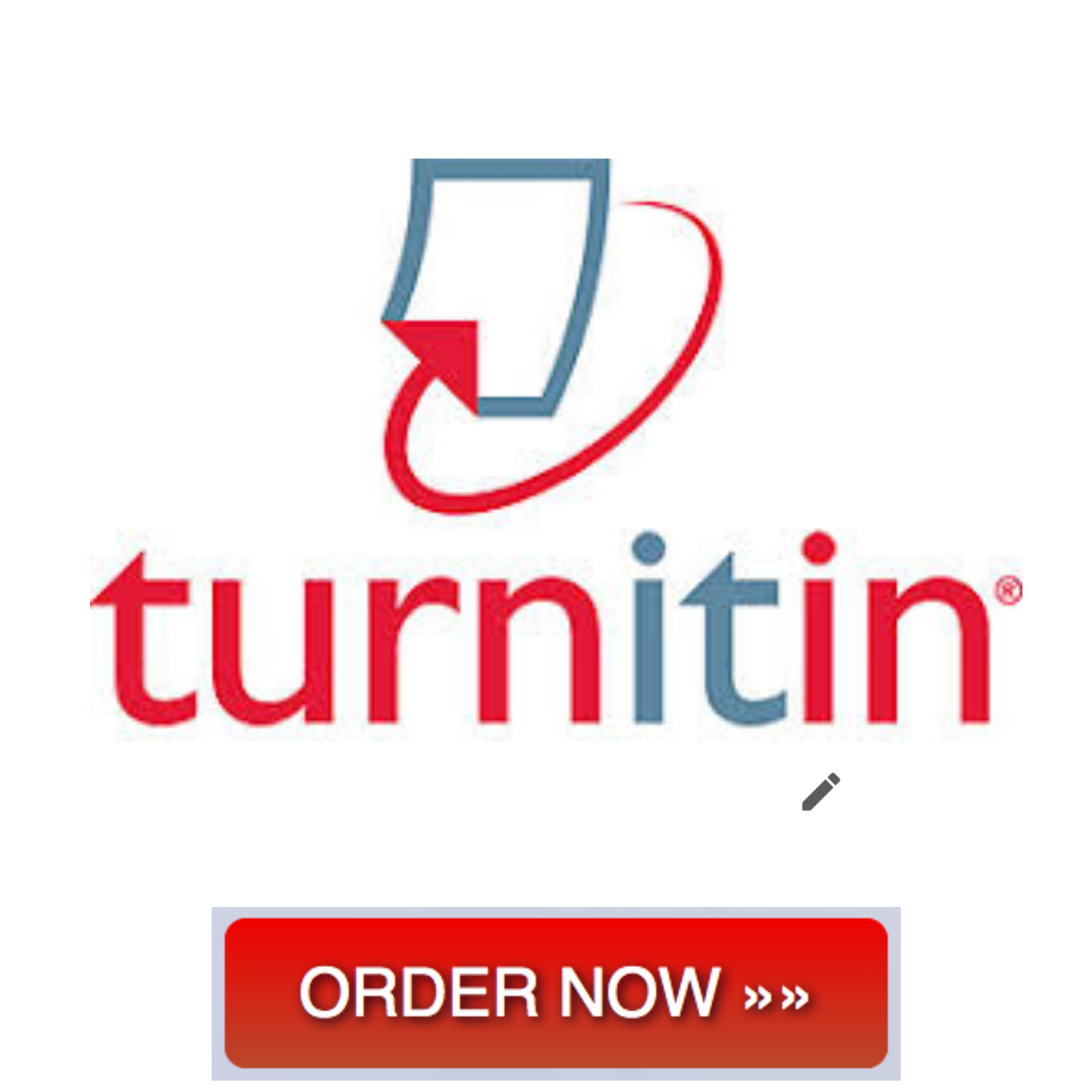Advanced Professional Roles
ROLE TRANSITIONS
ADVANCED PROFESSIONAL ROLES & VALUES
Competencies:
726.10.2: Manager of the Healing Environment – The graduate responds to unpredictable situations and events common in the healthcare environment with appropriate flexibility and creativity.
726.10.3: The Nurse as Scientist – The graduate correctly interprets and applies scientific evidence when planning and providing safe, quality, and culturally sensitive care for patients and families.
726.10.4: The Nurse as Detective – The graduate detects subtle changes and deviations from expected health patterns while managing the care of patients.
740.2.8: Interprofessional Practices – The graduate analyzes the impact of new and diverse advanced nursing and care provider roles on interprofessional practice.
Introduction:
Nursing is a practice discipline that includes direct and indirect care activities that affect health outcomes. As a baccalaureate nursing student, you are developing new competencies in leadership, and in order to achieve mastery, you must apply those competencies to live practice experiences and situations. This Leadership Learning Experience (LLE) is designed to allow you to choose a clinical focus (e.g., practice, policy, education, population) in which you apply your leadership problem–solving skills. The experience requires engagement with other people within the setting to complete the LLE.
You will develop a project within a practice setting that allows you to develop these leadership skills. You will identify a problem area in a practice setting that you specifically want to address (e.g., practice, policy, population, education) that aligns with organizational priorities. Example sources for the problem area may include the following:
• Practice: joint commission standards, core measures as quality indicators, other data
• Policy: legislation, staffing ratio, regulations from state boards
• Population: children with diabetes, adult obesity
• Education: future of nursing, Benner’s recommendations about nursing education
You will focus on a real-life solution for the problem. You should choose a topic that is timely, manageable, and realistic to the current healthcare environment. An external resource person (manager, clinical leader, clinical educator, policy expert, or population expert) must confirm the relevance of the selected project and your engagement in the setting as part of project completion. As with all projects, you should think how you, as a nurse, function in the following roles: detective, scientist, and manager of the healing environment.
Project Requirements:
Note: Any information that would be considered confidential, proprietary, or personal in nature should not be included. Do not include the actual names of people, stakeholders, or other personally identifiable information. Fictional names should be used. Also, agency-specific data, including financial information, should not be included but should be addressed in a general fashion as appropriate.
Note: Your submission may be in a variety of formats (e.g., report, multimedia presentation).
A. Develop a written proposal by doing the following:
1. Identify a problem or issue related to practice, policy, population, or education that aligns with organizational priorities that you seek to solve.
a. Explain the problem or issue, including why it is applicable to the area of practice you chose and the healthcare environment.
2. Discuss your investigation of the problem or issue.
a. Include evidence to substantiate the problem or issue (e.g. organizational assessment, national source documents, evidence from a stakeholder).
3. Analyze the state of the situation using current data.
a. Analyze areas that might be contributing to the problem or issue.
4. Propose a solution or innovation for the problem or issue.
a. Justify your proposed solution or innovation based on the results of your investigation and analysis.
5. Recommend resources to implement your proposed solution or innovation.
a. Include a cost benefit analysis of your proposed solution or innovation.
6. Include a timeline for implementation based on your proposal.
7. Identify key stakeholders and/or appropriate partners that are important for the implementation of your solution or innovation.
a. Discuss why each key stakeholder and/or appropriate partner is important for the implementation of the solution or innovation.
b. Summarize your engagement with the key stakeholders and/or appropriate partners, including the input and feedback you received.
c. Discuss how you intend to work with those key stakeholders and/or appropriate partners in order to achieve success.
8. Discuss how your proposed solution or innovation could be implemented.
a. Discuss how the implementation could be evaluated for success.
B. Explain how you fulfilled the following roles during your process of investigation and proposal development:
1. scientist
2. detective
3. manager of the healing environment
C. N/A
D. When you use sources, include all in-text citations and references in APA format.
Note: For definitions of terms commonly used in the rubric, see the Rubric Terms web link included in the Evaluation Procedures section.
Note: When using sources to support ideas and elements in a paper or project, the submission MUST include APA formatted in-text citations with a corresponding reference list for any direct quotes or paraphrasing. It is not necessary to list sources that were consulted if they have not been quoted or paraphrased in the text of the paper or project.
Note: No more than a combined total of 30% of a submission can be directly quoted or closely paraphrased from outside sources, even if cited correctly. For tips on using APA style, please refer to the APA Handout web link included in the APA Guidelines section.
Is this your assignment or some part of it?
We can do it for you! Click to Order!








